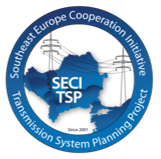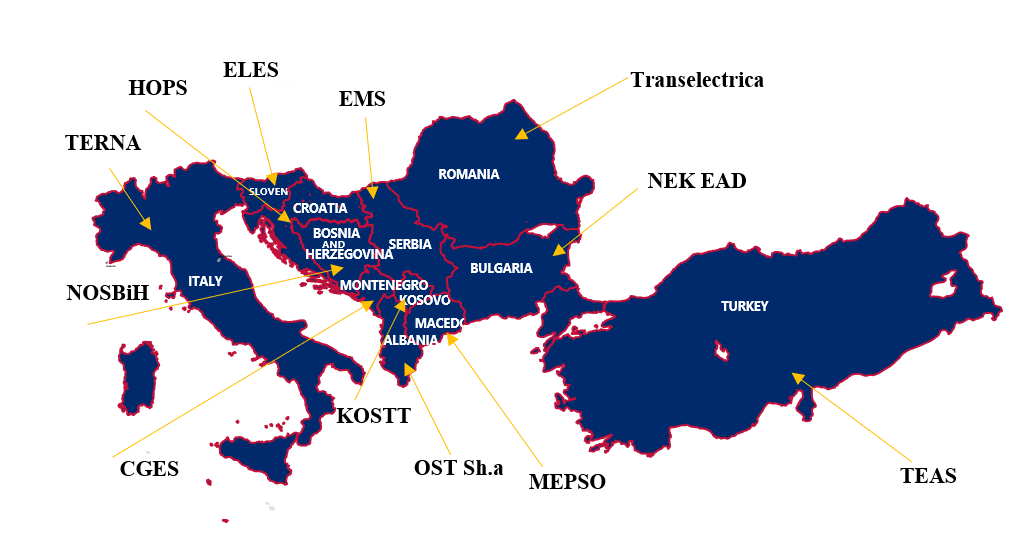Promoting Regional Cooperation on Transmission Planning in Southeast Europe 
The Southeast Europe Cooperation Initiative (SECI) Transmission System Planning Project was established by the United States Agency for International Development in 2001 with the objective to promote regional cooperation in transmission planning through the development of common transmission planning tools and methodologies. Members of the project working group represent the transmission system operators (TSO) of Albania, Bosnia and Herzegovina, Bulgaria, Croatia, Kosovo, Macedonia, Montenegro, Romania and Serbia. Neighboring TSOs from Turkey, Hungary, Slovenia, Greece and Italy participate in the project in a support role.
WORKING GROUP
The SECI Working Group developed the first detailed national and regional steady state, dynamic and short circuit models of the high voltage network for the planning horizons of 2002 and 2005 winter peak and summer minimum conditions. Subsequently, similar national and regional models were developed for 2010, 2015 and 2020. These models are used to identify bottlenecks to regional trade of electricity; model the impact of the transmission network on energy security initiatives; determine the potential to integrate renewable energy resources; and identify network investment requirements.

Studies conducted by the SECI Working Group include:
- Reconnecting Southeast Europe to ENTSO-E Network
- Generation Investment Requirements in Southeast Europe
- Transmission Investment Requirements to Sustain Markets
- Prioritizing Transmission Investment Criteria
- Technical Uncertainties for TSOs in a Competitive Market Model
- Preparation for Large Scale Wind Integration in the Southeast European Power System
Related Publications
-
November 2012 - Program Publications
-
January 2013 - USEA Documents



